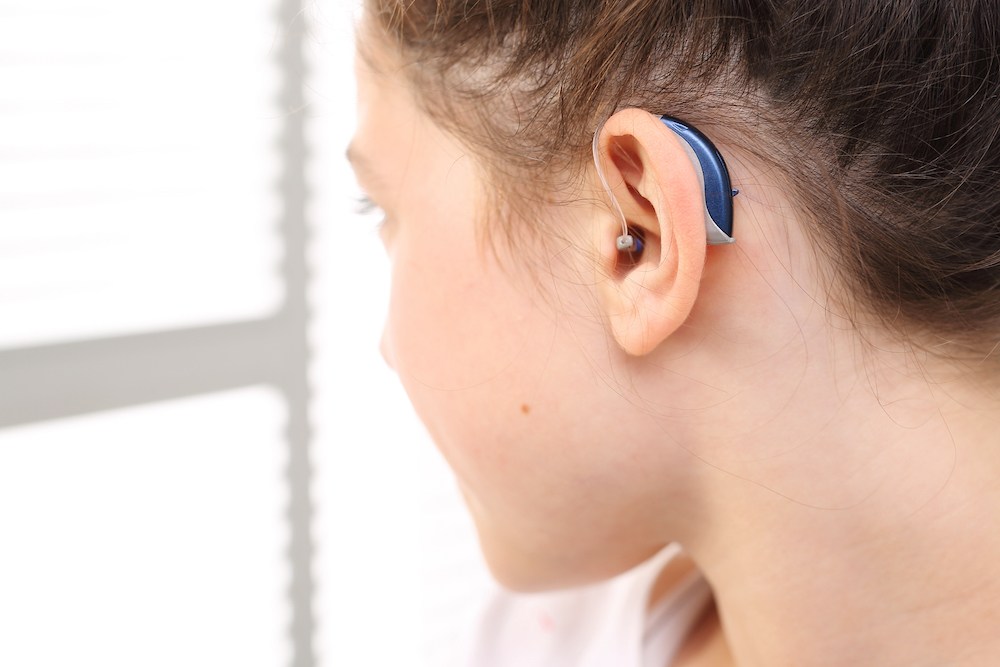Hearing loss can significantly impact one's quality of life, making it challenging to engage
in conversations, enjoy music, or even perform daily tasks. Fortunately, hearing aids offer
a solution, enabling individuals with hearing impairments to reconnect with the world around
them. In this comprehensive guide, we explore the benefits, types, technology, and
maintenance of hearing aids.
-
Understanding Hearing Loss:
- Hearing loss can occur due to various factors, including age, genetics, exposure
to loud noises, or certain medical conditions.
- It can range from mild to profound, affecting different frequencies and volumes
of sound perception.
- Regular hearing tests are essential for early detection and intervention.
-
Benefits of Hearing Aids:
- Improved communication: Hearing aids amplify sounds, making it easier to
understand speech and participate in conversations.
- Enhanced quality of life: By restoring auditory function, hearing aids enable
individuals to engage in social activities, enjoy entertainment, and maintain
independence.
- Mental well-being: Addressing hearing loss can reduce feelings of isolation,
depression, and cognitive decline.
- Safety: Being able to hear environmental cues like alarms, sirens, and
approaching vehicles improves overall safety.
-
Types of Hearing Aids:
- Behind-the-ear (BTE): Rests behind the ear and connects to a custom earpiece.
- In-the-ear (ITE): Fits entirely in the outer ear and is less visible than BTE
models.
- In-the-canal (ITC) and completely-in-the-canal (CIC): Sit within the ear canal,
offering discreetness and cosmetic appeal.
- Receiver-in-canal (RIC): Similar to BTE but with a receiver placed in the ear
canal for better sound quality.
-
Advanced Technology Features:
- Digital signal processing: Adjusts amplification based on specific listening
environments, reducing background noise and enhancing speech clarity.
- Bluetooth connectivity: Allows streaming of audio from smartphones, TVs, and
other devices directly to the hearing aids.
- Telecoil technology: Enables compatibility with hearing loop systems in public
venues for clearer sound transmission.
- Directional microphones: Focus on speech from the front while reducing noise
from other directions.
-
Maintenance and Care:
- Clean hearing aids daily using a soft, dry cloth to remove wax and debris.
- Replace batteries regularly and keep spare batteries on hand.
- Schedule regular check-ups with an audiologist for adjustments and repairs.
- Protect hearing aids from moisture and excessive heat.
